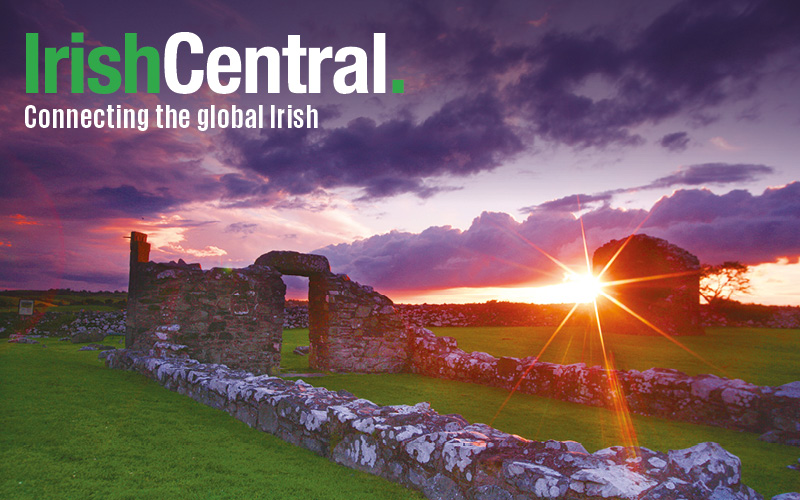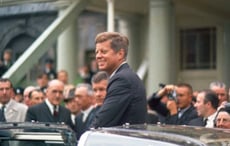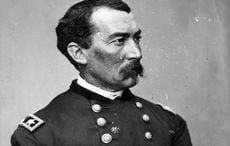I think I was one of the first journalists to get inside the police perimeter after 9/11 thanks to a friendly Irish police captain.
That fateful morning a couple of days later I was picked up from my apartment and driven through the deserted streets of Manhattan.
The FDR drive was closed army covoys were everywhere and I saw a tank at one entrance on 34th Street.
It was a scene out of Aramageddon.
Reaching the perimiter the streets resembled an armed camp with guns bristling everywhere.
We were shocked by what we saw and heard, and much of it comes back to me now with the announcement of the opening of the 9/11 museum.
The first thing we heard was we walked to the ruins was a police dispatcher over the captain’s radio: “Three body bags at West and Broadway immediately.”
That was followed by, “Body bag at West and Fourth," which was followed by one word “Fireman.”
In front of us was the massive rubble mountain of the collapsed Twin Towers, much bigger than it appeared on television, almost two blocks long and 70 feet high.
It was a funeral pyre where the bodies of 3,000 people lay.
On top of the wreckage I saw thousands of rescue workers, like ants, poring over every inch, desperately trying to pry the steel beams apart and to continue to search for missing comrades and civilians.
There was more than a million tons of debris to be moved. The hopes of finding anyone alive just two days after the tragedy were already very slim.
But still they searched.
To put the losses in perspective a fireman told me: “In 150 years since the fire service was founded we have lost 700 men. In one day we have lost over 300.”
When I saw the flattened fire trucks, which took the full impact of the fallen tower, I understood just what a horrific tragedy had unfolded. The fire trucks, one of which is in the new museum, were pancaked, flattened to a fraction of their size. The image was searing, enduring to this day.
A dust cloud still hovered over everything and side streets were colored pale white as the cascade of ash and dust still covered them. The technicolor of Manhattan had switched to black and white.
In the distance I saw an Irish bar, a triclor still hanging from its destroyed facade. I saw the ruins of the once majestic Millennium Hotel, then one of the newest and most expensive in the city.
In one area was a huge junkyard where vehicles flattened by the falling towers were piled atop one another.
The eeriest sounds, I was told, were the cell phones and pagers still ringing from the wreckage as desperate families tried to keep hope alive. Every so often another body was brought out, amid a brief silence as heads were bowed and prayers made.
I found it impossible to keep the tears from coming and I saw FBI officers, army swat teams, and police with shotguns who were tough, tough men but also deeply impacted.
It is long ago now since I was there, but the memory still survives.
I am delighted that so many more can learn what happened to so many New York heroes that day, when death fell from the sky and the world was never the same again.
They deserve to be remembered and their stories told down the generations.




Comments